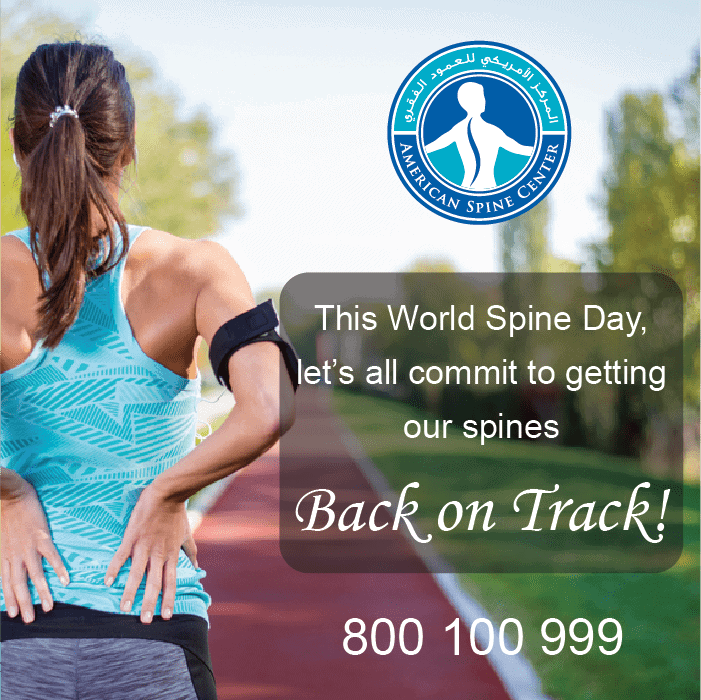Practically everyone on the planet understands back pain, as it’s the leading worldwide cause of disability. The spine endures a lot of wear and tear over the course of a lifetime, but knowing how to care for your back can prevent serious pain and disability. With this in mind, World Spine Day was launched to educate the public about spine conditions—and inspire them to become more active in their own health.
What Is World Spine Day?
World Spine Day is held each year on October 16, and it is part of Bone and Joint Decade Action Week. The day was formally launched by the World Federation of Chiropractic in 2012, with the goal to raise awareness about spinal health and spine disorders. To accomplish this, people across the globe participate in special educational events and activities to boost their knowledge about back and neck pain.
With World Spine Day serving as an international event, the team behind it analyzed data from around the world to determine the status of spine health in different countries. The facts that they came up with are startling. The Global Burden of Disease Study, published in The Lancet in 2012, states that over 630 million people worldwide suffer from back pain. With the amount of effective preventative interventions, medications, and surgical options, this number should be much lower. World Spine Day aims to promote these figures to show governments around the world that back pain can be controlled if resources are given to ensure access to the different interventions available.
Conservative methods for preventing back pain can be very effective. Spine surgeons always recommend that their patients attempt all forms of conservative care before resorting to surgery. Through this campaign and attempt to raise awareness, it is important to understand the non-invasive, non-medical changes that you can make to your daily activities that can prevent future pain.
Some of the options that you should consider if you are experiencing back pain to improve your symptoms include:
- Exercising: Getting more active increases the blood flow to the area of your back that is experiencing pain. Though exercise might be difficult if the pain is debilitating, it can often improve symptoms by promoting healing in the damaged area. Strengthening the muscles in your back also stabilizes the damaged areas, making them less likely to move around.
- Chiropractic Manipulation: Chiropractors are trained to realign the spine after an injury or if a degenerated disc is causing pain. Adjustments are a safe, non-invasive method of getting the spine back to proper functioning.
- Lifting Properly: Though strictly a preventative measure, it is vitally important for patients, especially those involved in jobs that require lifting frequently. When lifting, keep your feet shoulder-width apart, and bend with the knees and hips only.
- Epidural Steroid Injection: When herniated discs or spinal stenosis cause pain, epidural injections can be helpful to treat the associated discomfort caused by the nerve irritation. The injections reduce the pressure that is causing pain and also minimize inflammation.
Since the implementation of lockdown rules such as working from home, gym closures and reduced time outdoors have become our new normal, there has been an increase in the number of reports of back and neck pain. Having millions of people worldwide suffering from back pain, from children through to the elderly, it is important to establish habits that keep us active and our spines healthy.
Evidence supports regular movement and activity so that the spine, which is made up of 24 separate vertebrae and over 60 joints, can function properly, keeping you upright and protecting your spinal cord and nerves. Simple measures such as watching your posture and lifting responsibly all help to keep your spine functioning properly which often helps to prevent joints from getting creaky and painful.
This World Spine Day, let’s all commit to getting our spines Back on Track!
AMERICAN SPINE CENTER
Timing: 9am until 9pm, Saturday to Thursday.
Contact us: 800-100-999
Location: Al Razi Building 64, Block F, Dubai Healthcare City, Dubai, UAE.
Source:
